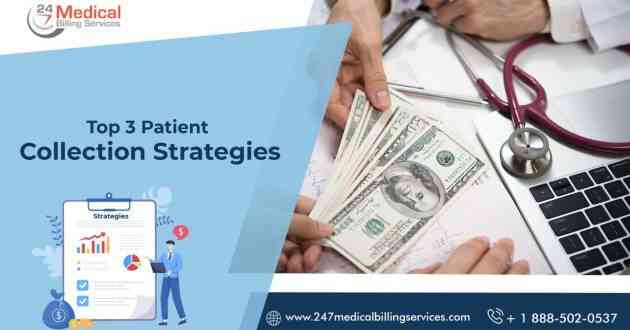What Is The Difference Between Dental Practice Management Software And Crm?
- - Category: Management
- - 05 Apr, 2023
- - Views: 73
- Save

Looking for an answer to the difference between dental practice management software and CRM?
Dental practice management software and CRM (Customer Relationship Management) are both software systems that help manage and organize information, but they serve different purposes.
Dental practice management software is designed specifically for dental practices, and it helps manage various aspects of the practice, including patient scheduling, billing, insurance claims, treatment planning, and electronic health records (EHR). It is used by dentists and their staff to streamline administrative tasks and improve patient care.
On the other hand, CRM software is used to manage interactions with customers or clients. It is typically used in sales and marketing departments to manage customer data, track sales leads, and automate communication with customers. CRM software helps businesses build stronger relationships with customers by providing insights into customer behavior and preferences.
While there may be some overlap between the two types of software, dental practice management software focuses on managing the day-to-day operations of a dental practice, while CRM software is geared toward building and maintaining relationships with customers.
What does CRM mean in dentistry?
In dentistry, CRM stands for Customer Relationship Management, which is a strategy or system used by dental practices to manage interactions with their patients. The goal of CRM in dentistry is to improve patient satisfaction and loyalty by building strong relationships with patients and providing personalized care.
CRM in dentistry involves collecting and analyzing patient data, such as appointment history, treatment plans, and communication preferences. This information can be used to create personalized communication and marketing strategies that are tailored to each patient's needs and preferences.
By using CRM strategies, dental practices can improve patient retention, increase referrals, and enhance the overall patient experience. For example, a dental practice may use CRM software to send appointment reminders, follow up after treatment, and offer special promotions to patients based on their individual needs and preferences.
What are the two types of CRM software?
The two types of CRM software are:
Operational CRM: This type of CRM software is designed to streamline and automate day-to-day business operations, such as sales, marketing, and customer support. Operational CRM software typically includes modules for managing customer data, sales forecasting, lead management, and customer service. The goal of operational CRM is to improve efficiency and productivity and to provide a seamless customer experience.
Analytical CRM: This type of CRM software is designed to help businesses analyze customer data and gain insights into customer behavior and preferences. Analytical CRM software typically includes tools for data mining, segmentation, and predictive modeling. The goal of analytical CRM is to help businesses make data-driven decisions and to improve the effectiveness of marketing campaigns, sales strategies, and customer service initiatives.
What are the three levels of dental practice management software?
The three levels of dental practice management software are:
Basic level: This level of software typically includes essential features such as patient scheduling, appointment reminders, billing, and basic reporting. Basic-level software is suitable for small practices with limited needs and budgets.
Intermediate level: This level of software includes additional features such as electronic health records (EHR), treatment planning, insurance claims management, and more advanced reporting. Intermediate-level software is suitable for practices with medium-sized patient volumes and more complex needs.
Advanced level: This level of software includes all the features of basic and intermediate-level software, as well as additional features such as patient communication tools, patient portals, revenue cycle management, and more advanced analytics. Advanced-level software is suitable for large practices or multi-location practices with high patient volumes and complex operations.



